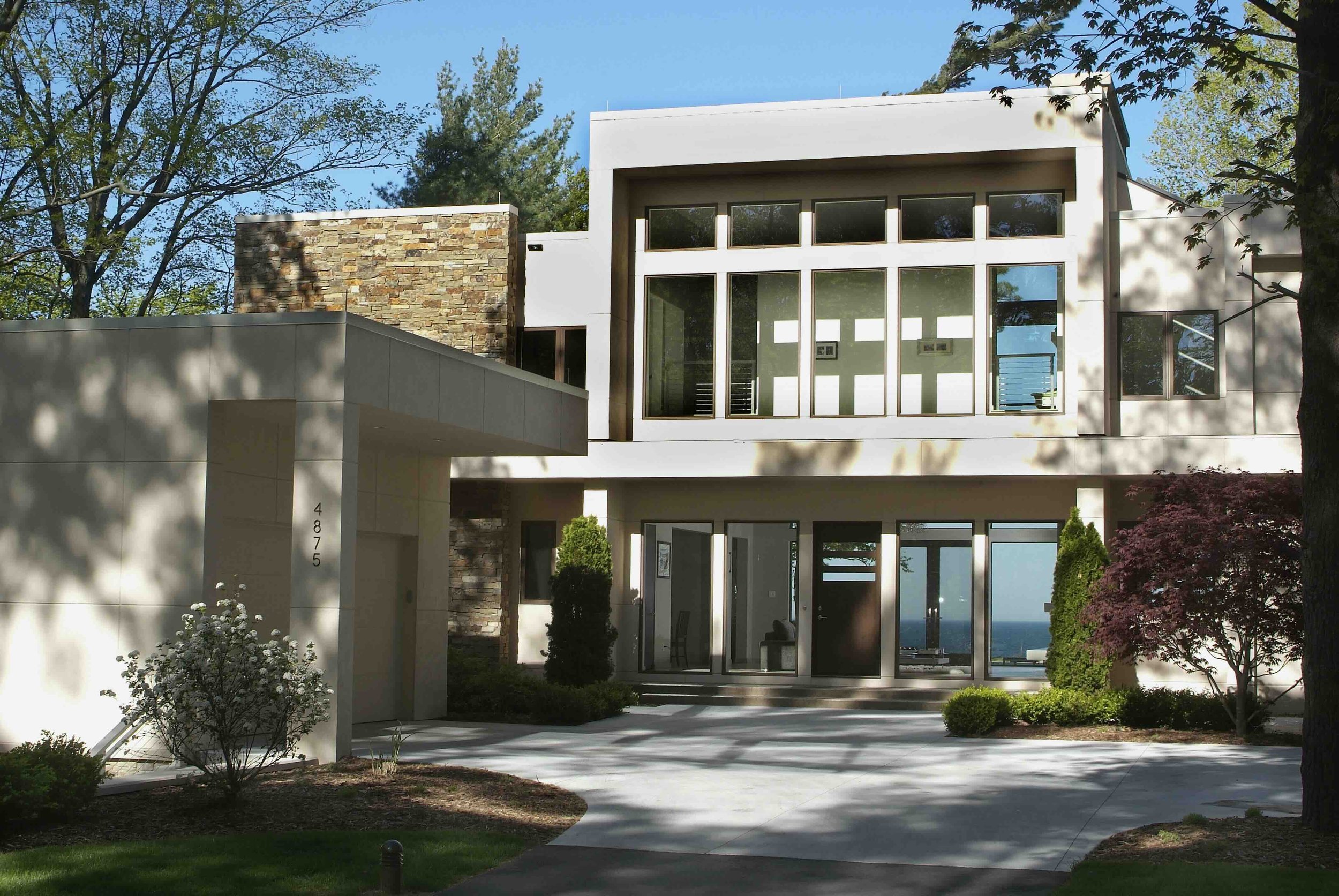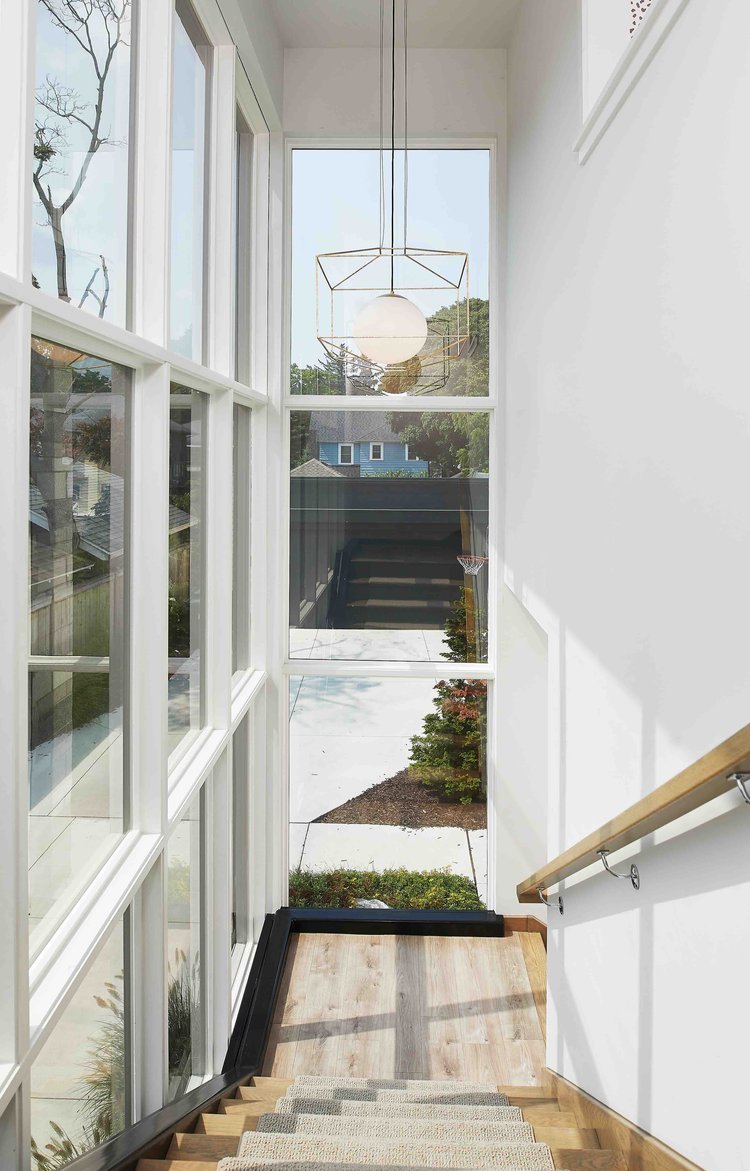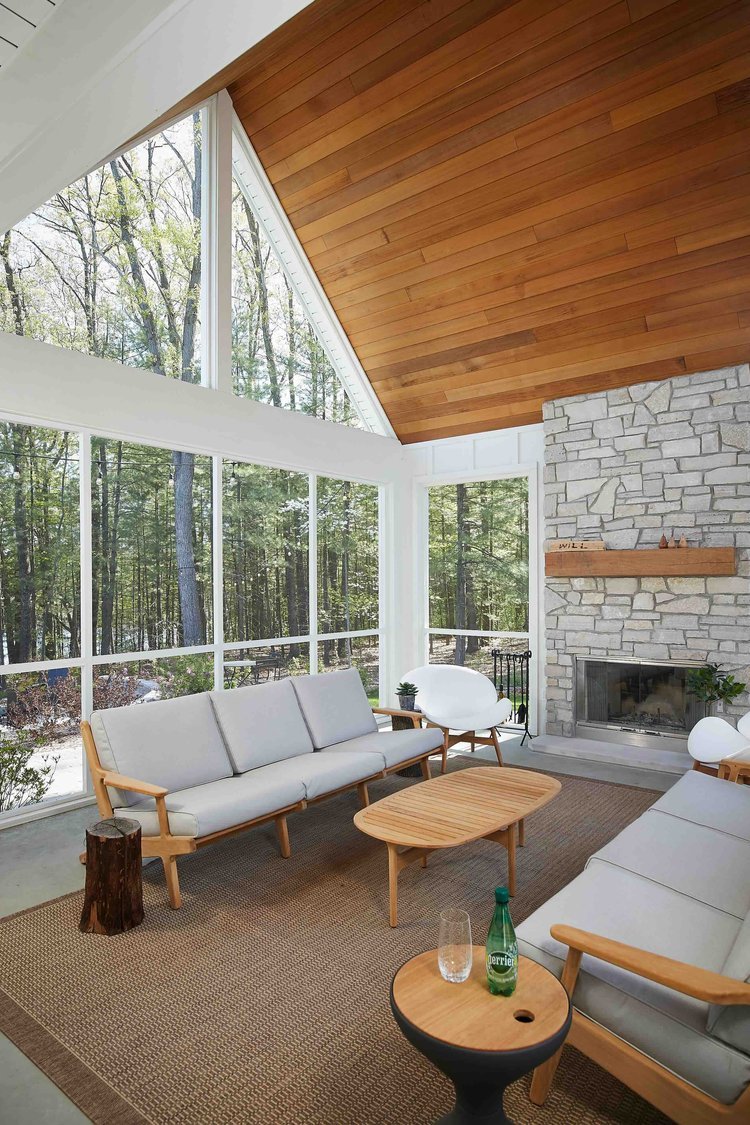Understanding Solar Analysis Architecture & Its Environmental Impacts
By carefully studying the sun's path and its impact on a building's orientation, shading, and lighting, architects can create structures that are more sustainable, comfortable, and energy-efficient.
Solar analysis architecture is a design approach that takes into account the sun's position, intensity, and duration throughout the year to optimize a building's performance and energy efficiency. Read on to learn about the many advantages of incorporating this approach into a sustainable architecture project.
Environmental Impacts of Solar Analysis Architecture
Solar analysis architecture offers numerous environmental benefits, including:
REDUCED ENERGY CONSUMPTION & CARBON EMISSIONS: Designing to maximize natural sunlight and minimize the need for artificial lighting significantly reduces a building's overall energy consumption and greenhouse gas emissions.
OPTIMIZED THERMAL PERFORMANCE: By understanding the sun's impact on a building's thermal performance, architects can design better-insulated structures requiring less heating or cooling.
Examples of Buildings that Integrate Solar Analysis into Their Structure
Many modern buildings incorporate solar analysis into their design. Here are a few notable examples:
APPLE PARK VISITOR CENTER: This iconic structure features a large, curved glass roof that allows abundant natural light to flood the interior while minimizing heat gain.
SHANGHAI TOWER: This skyscraper incorporates a series of terraces and setbacks that provide shade and natural ventilation, reducing energy consumption.
CRYSTAL PALACE IN LONDON: While not a modern building, the Crystal Palace is a historical example of how solar analysis can be used to create innovative and sustainable structures.
Why You Should Consider Doing a Solar Analysis Before Building
While most well-known examples of solar analysis in implementation are found in commercial structures, sun study architecture also has myriad benefits for residential projects. In addition to the environmental upsides, solar analysis can also offer several other advantages, including:
INCREASED PROPERTY VALUE: Buildings designed with solar analysis often have higher property values due to their energy efficiency and sustainable design features.
IMPROVED RESIDENT HEALTH: Solar analysis can strengthen building design and improve occupant well-being by maximizing natural daylight, which can enhance mood, improve sleep, reduce stress, and provide essential Vitamin D.
REDUCED MAINTENANCE COSTS: Solar analysis can help lower maintenance costs over time by optimizing the building's thermal performance and reducing energy consumption.
ENHANCED AESTHETICS: Solar analysis helps to create visually appealing and unique building designs.
By incorporating solar analysis into the design process, architects can create commercial and residential buildings that are not only environmentally friendly but also comfortable, functional, and aesthetically pleasing. At Visbeen Architects, we spend significant time considering all the complexities of our clients' individual building sites, including solar gain and position relative to the sun.









